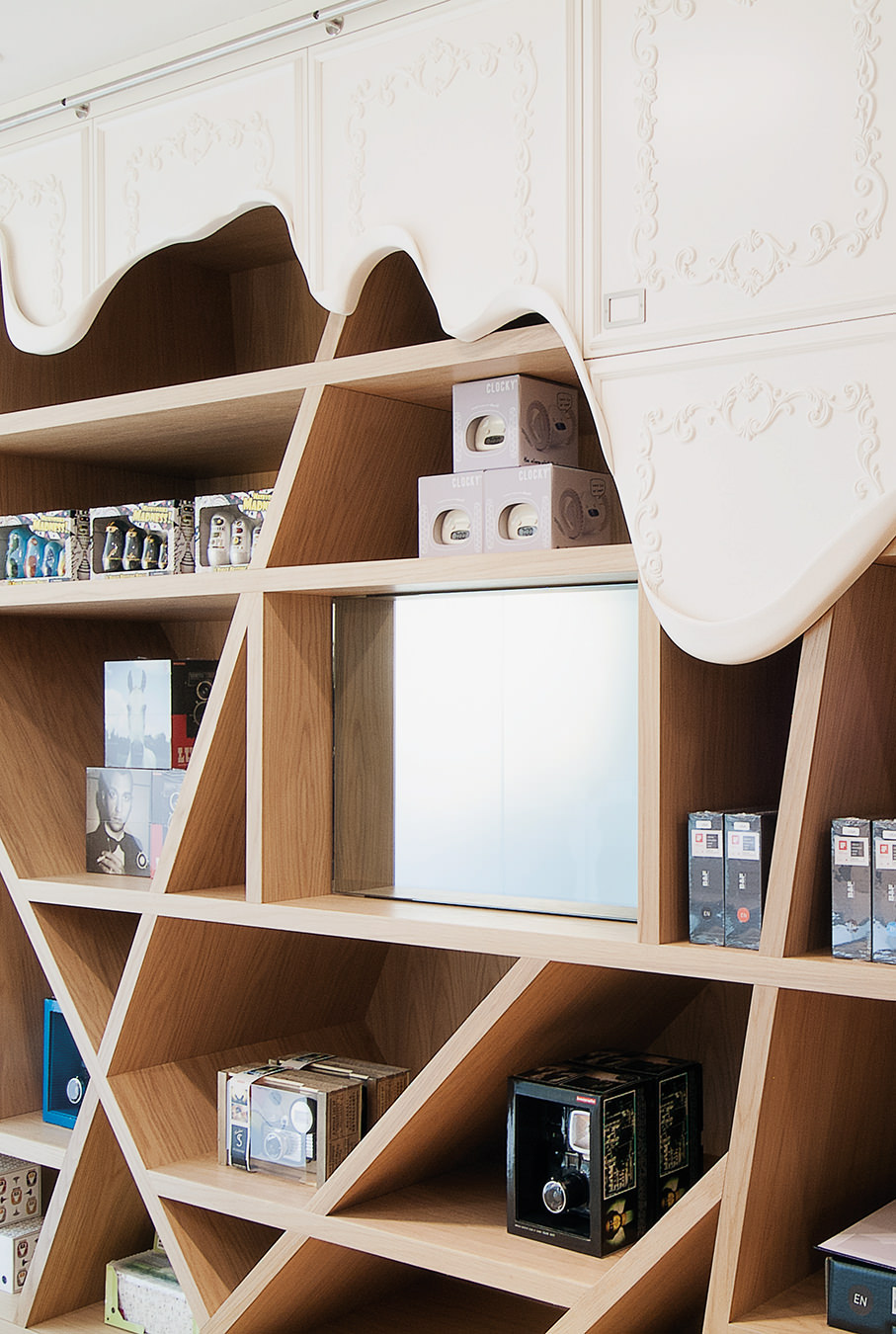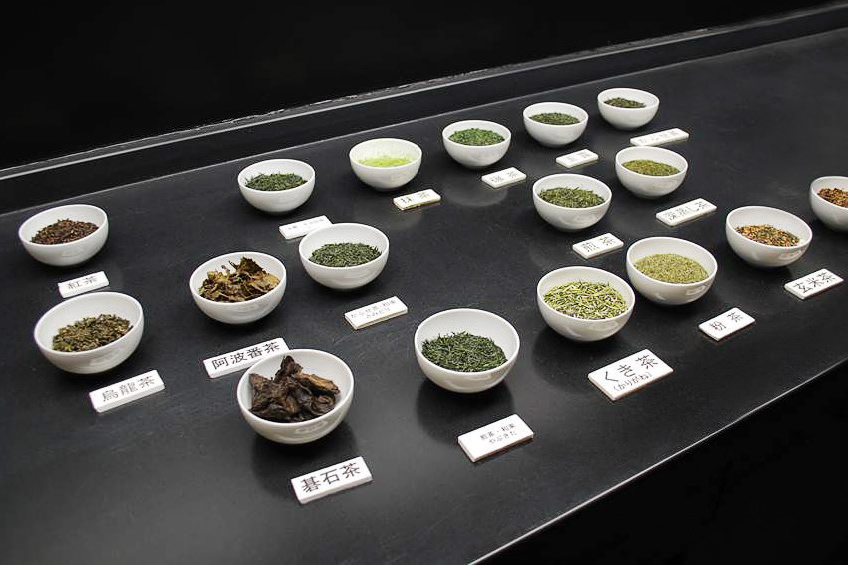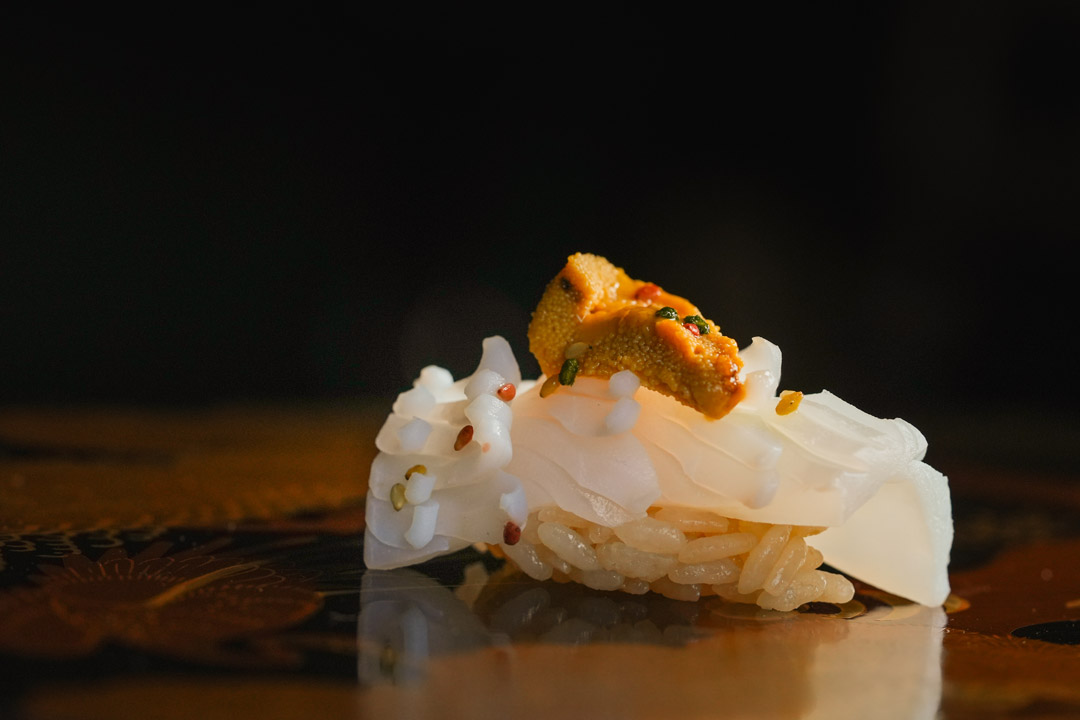
Sushi Mahana Offers a Kimono-Dressing Experience Ahead of the 20-Plus-Course Meal
Dressing in a kimono makes this Vancouver omakase experience even more special.
As Yuki Aida gently ties the soft strings holding my juban together, I ask the top of her head a question. “Do, um, Japanese people ever come in for this?” She smiles and shakes her head. Duh, I think. Aida’s North Shore restaurant, Sushi Mahana, offers the dressing as a bonus—patrons who have booked in for the 5:30 p.m. omakase sitting can arrive an hour early to be outfitted in kimonos by the restaurant’s staff. For me, a mixed-race, fifth-generation Japanese Canadian, it sounded like a way to connect to my heritage—I’ve never worn a full kimono as an adult. But standing there in the juban—the undergarment-ish coat that goes on before the kimono—I’m feeling an awful lot like the 50 per cent white person I am.
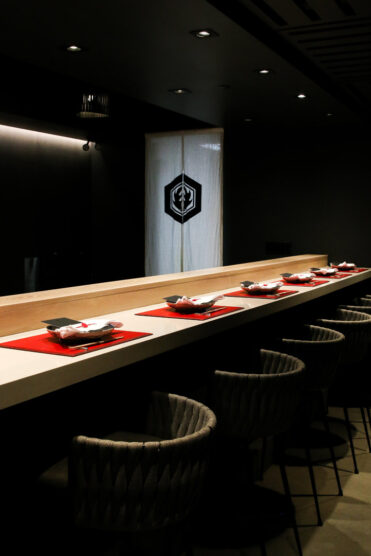
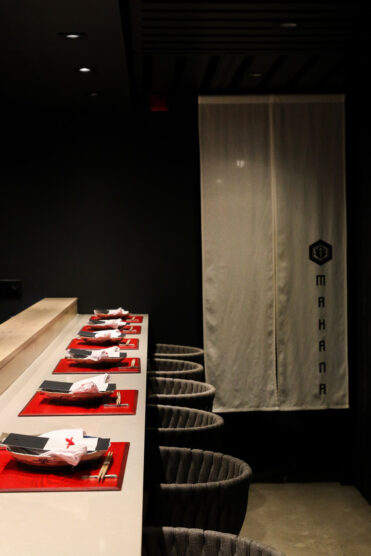
The presence of my husband (a 100 per cent white person), who has just finished the dressing process himself, doesn’t really help. In a few minutes, five more guests will arrive for the omakase meal prepared by chef Hiroshi Hoshiko. I sincerely hope they realize that we’re dressed in kimonos as part of the dining experience. And they don’t think we (especially my husband) decided to just show up like this.
I’m feeling an anxiety that’s largely due to my own troubled identity politics and spending too much time on the internet, because there’s not even a hint of hesitation from the two women suiting me up in this beautiful red kimono. Sushi Mahana’s owner Aida and general manager Ryoko Sayama help me with my tabi (kimono socks—they’ve got a little notch between the big and second toe for wearing with sandal) and repeatedly ask if I’m comfortable (there are about five things of different widths tied around my waist). They are both wearing kimonos as well. Sayama’s was passed down from her mother, and Aida confirms that kimonos are often family heirlooms. “They look good on everyone, and never go out of style,” she says. I worry out loud about eating a 20-dish meal in this gorgeous, intricate garment: “Do people spill food on these?”
“I do,” Aida says with a laugh. It’s not surprising—she mentions she wears kimonos quite often, and always at work. When you’re in the service industry, a little spillage is part of the job.
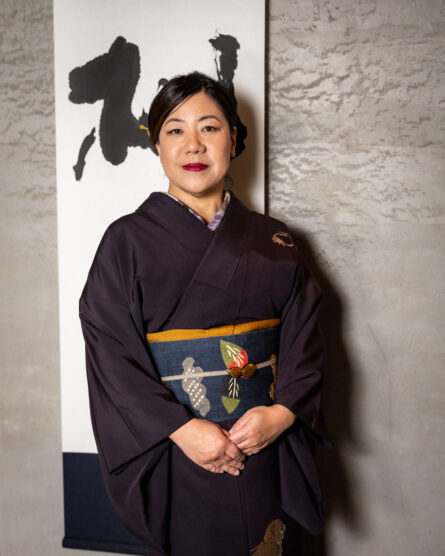
There’s something very intimate about the “getting ready” process that I think goes beyond culture. It’s a ritual of community, especially for women—as Aida insists that Sayama fixes one of her knots (“She’s the expert”), I think of preparties with my friends where the one girl who was good with the curling iron always ended up helping everyone else. Aida puts on the finishing touches, and I joke that I feel like a queen. She says, “I feel like a mom!”
I get over my initial worries, in part because Aida is right (kimonos look good on everyone) and in part because there isn’t much time to fret when chef Hoshiko is serving up dish after delicate dish of perfectly prepared fish. The tuna course, with lean akami, medium fatty chutoro and very fatty ohtoro was my favourite—it’s hard not to love the buttery fresh flavour and flawless presentation—but I also loved the gindara, sablefish with onion soy served in a handroll and dropped directly into our palms by the chef. We had adorable artistic hirame (flounder) that Hoshiko designed to look like a koi fish, aka ika (squid) that was so finely cut it almost looked fuzzy and kanpachi (amber jack) with sea grape, a sphere-dotted type of algae I’d never tried before.
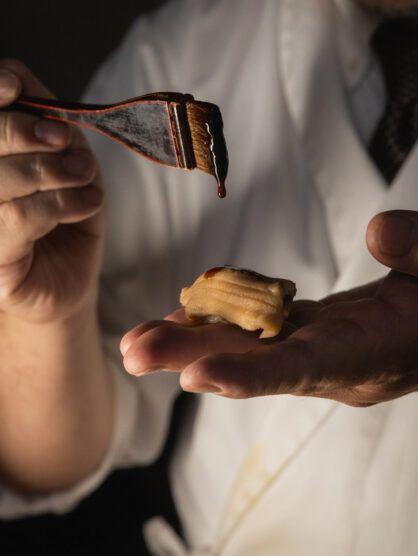
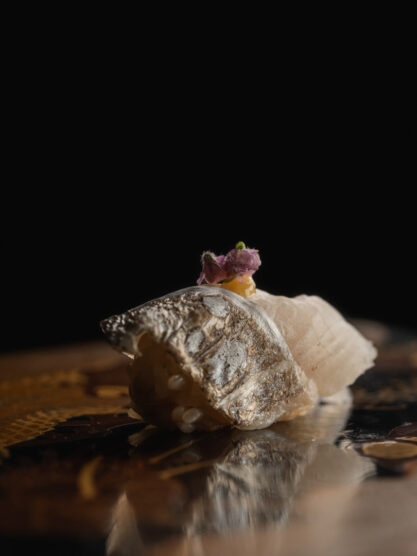
Throughout the meal, chef Hoshiko is mostly quiet and focused on his craft, but the smiles and sass come out a bit when prompted—I ask him if he thinks he’d be a good surgeon as he masterfully slices through some tuna, and he grins with a look that says something like “I’m not going to validate that with an answer… but yeah, I’d obviously be a kickass surgeon.” When I ask him how he gets the creamy, jelly-like texture of the tamago dish so perfect, he says “secret.” Then he gives in and says it’s steamed for 19 minutes (let’s be honest, even given that information it’s not like anyone else at the table could recreate it).
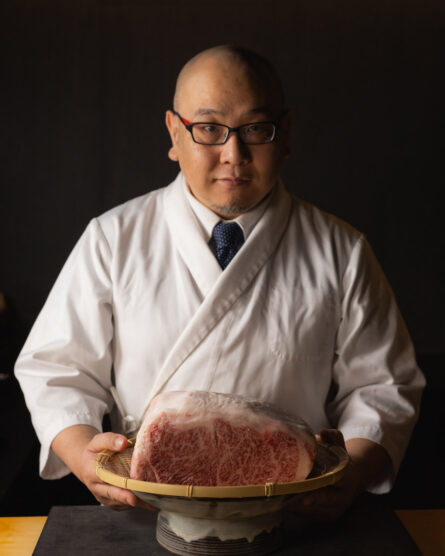
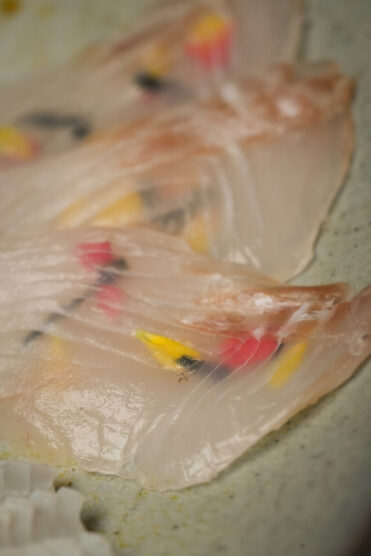
The meal ends with a beautiful scoop of ice cream and the eventual release of my omakase belly from the kimono’s pretty intense waist ties (“bulletproof,” Aida had joked when I mentioned how many layers there were). It wasn’t uncomfortable, exactly, though it got a little less easy breezy with each dish I ate—and there were over 20.
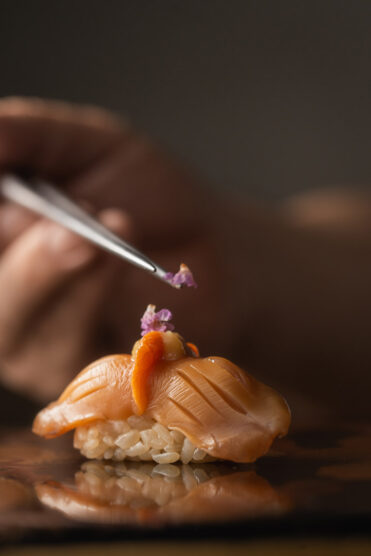
My tummy may have felt a little tighter, but there was nothing but lightness in my heart: the way that Aida and her staff extended their hospitality to myself and my partner was truly unique. I can say for certain that I’ve never before been dressed for dinner by a restaurant owner and GM, nor have I been able to have such personal conversations so quickly (I shared that I know some Japanese, but not as much as I’d like; that my family performed a surprise Japanese dance at our wedding; that I wanted to keep the kimono because it was one of the nicest things I’ve ever worn).

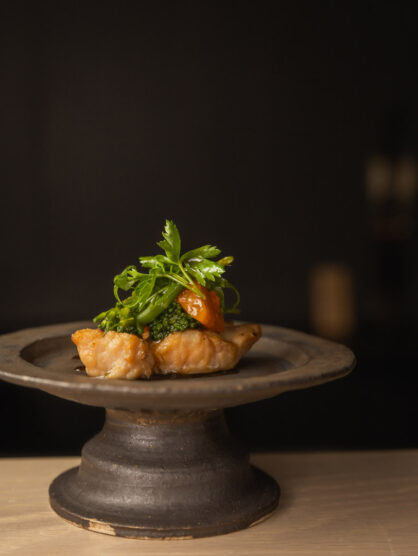
Omakase is a splurge no matter how you slice it—Sushi Mahana’s is comparable with most others in the city—and the kimono dressing is also extravagant. My experience was a privilege; it’s certainly not a casual everyday meal, especially for someone who has chosen writing as a career. For me, though, it felt almost therapeutic. On top of having a delicious meal prepared by a true artist, I felt more in touch with a part of myself that I’ve always felt a longing for. The photos I texted to my grandma received rave reviews, too.

